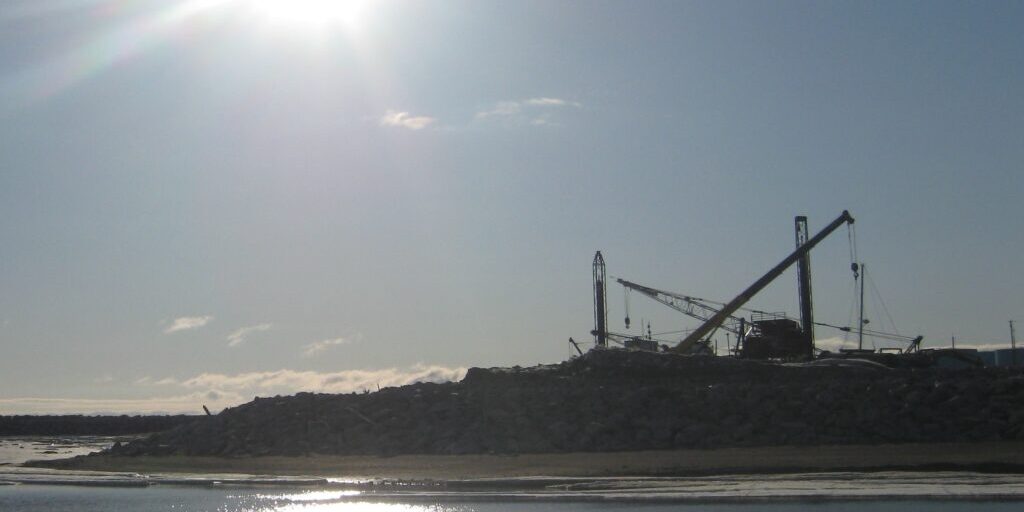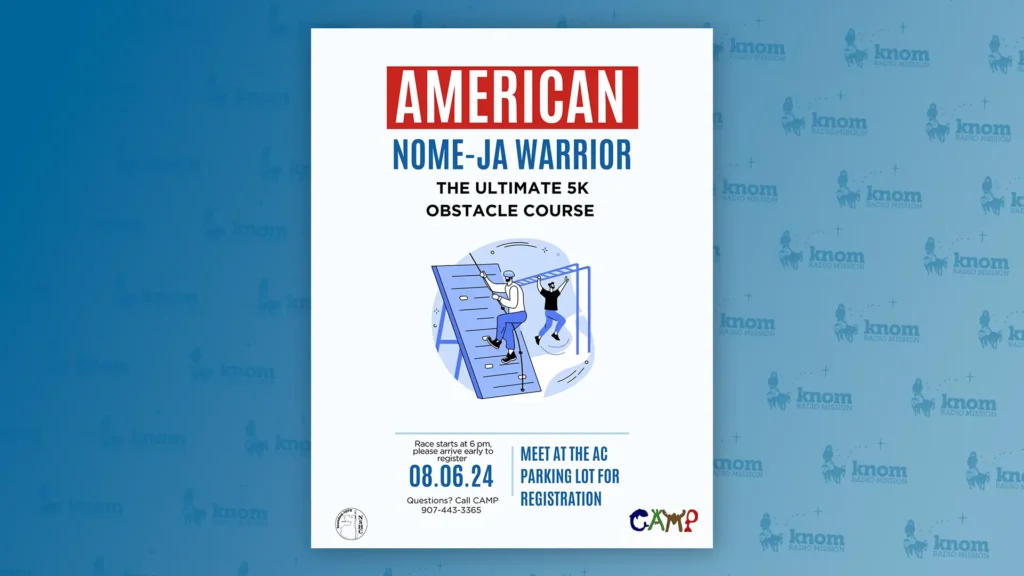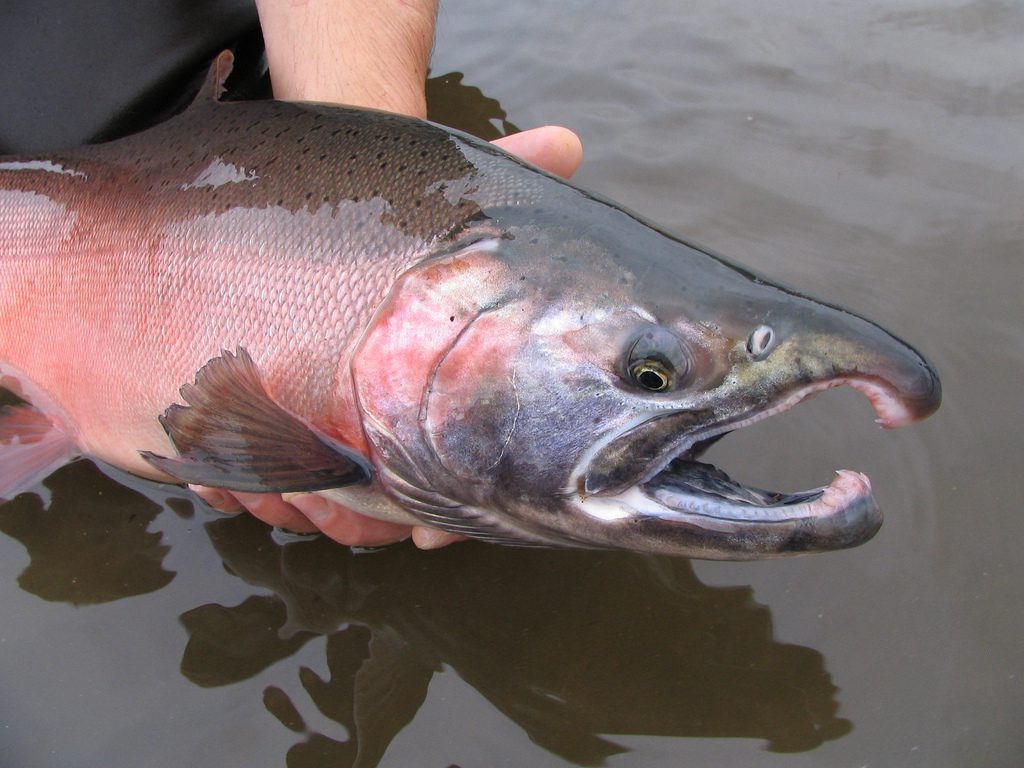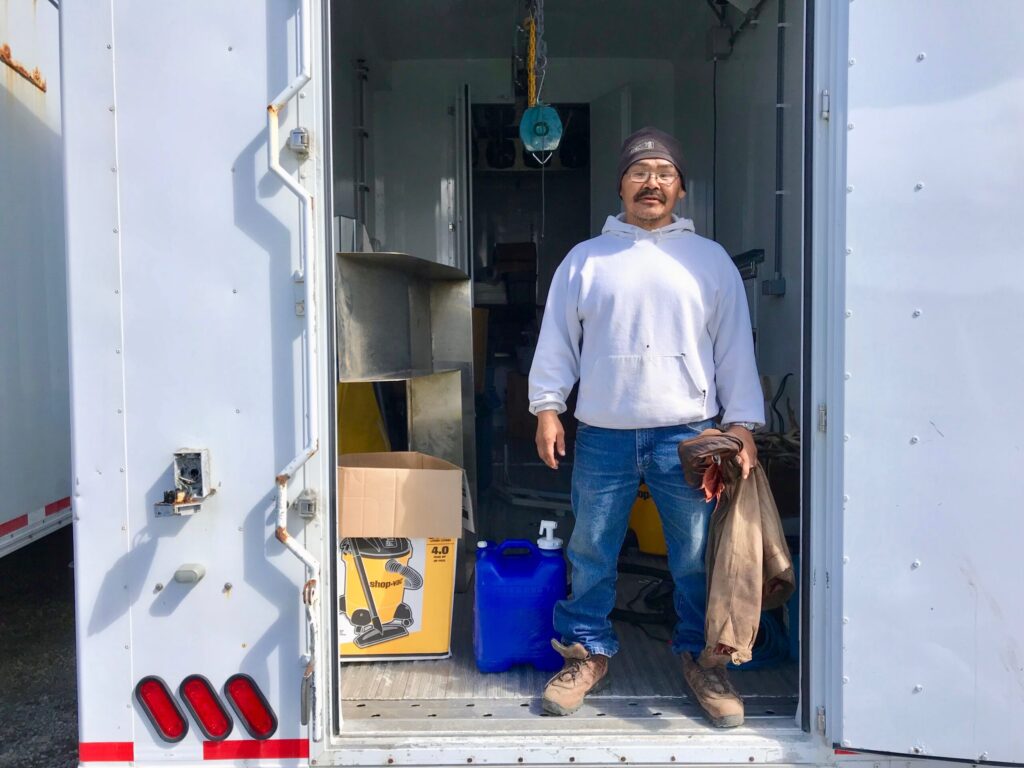The sea ice is gone; the Port of Nome is open; and Wednesday marks the first docking of the 2014 season, a research vessel called the Norseman II. The ship will dock for fuel and crew changes and be followed this weekend by a tugboat and two barges.
“That’s a few weeks or about a week earlier than we’ve received boats in the past,” Nome Harbormaster Lucas Stotts said.
The barges are carrying construction equipment, vehicles, and other cargo. With the season beginning earlier, Stotts said cargo carriers and construction companies have pushed up their arrival dates by one to two weeks. In addition, traffic is expected to be higher than past years— even more than last year’s 499 dockings.
“Every year we anticipate more and more traffic than the following, typically. And that’s kind of the way it’s been going, traditionally,” Stotts said.
With the port opening early, port projects will soon get underway. Projects include fender and ladder replacements and safety light installations for the small boar harbor.
One area not anticipating growth is the number of offshore gold dredges. While the numbers may not grow, Stotts said the vessels themselves will with many smaller vessels scaling up.
“Right now,” Stotts explained, “it is looking like the folks that used to be running smaller 20 to 30-foot dredges are buying larger operations. Self-propelled barges are the main thing that we’re seeing. So instead of seeing one 40-foot dredge, we’ll have up to 100, 120-foot barge.”
This year’s early port season is due in part to an early ice breakup. Becki Legatt is a Sea Ice Analyst with the National Weather Service Sea Ice Program and says the ice went out sooner in the Norton Sound than it had in the past three years.
“If you go due south from Nome right now,” Legatt said, “it’s all sea ice free conditions. If you’re north of St. Lawrence Island and west of Nome, there’s a whole bunch of ice floes.”
Legatt said the warming spell in January and February kept sea ice from getting very thick, leading to an earlier melt.
For mariners using Nome’s port, many tariffs increased by five percent this season but insurance requirements remain the same as last year.







